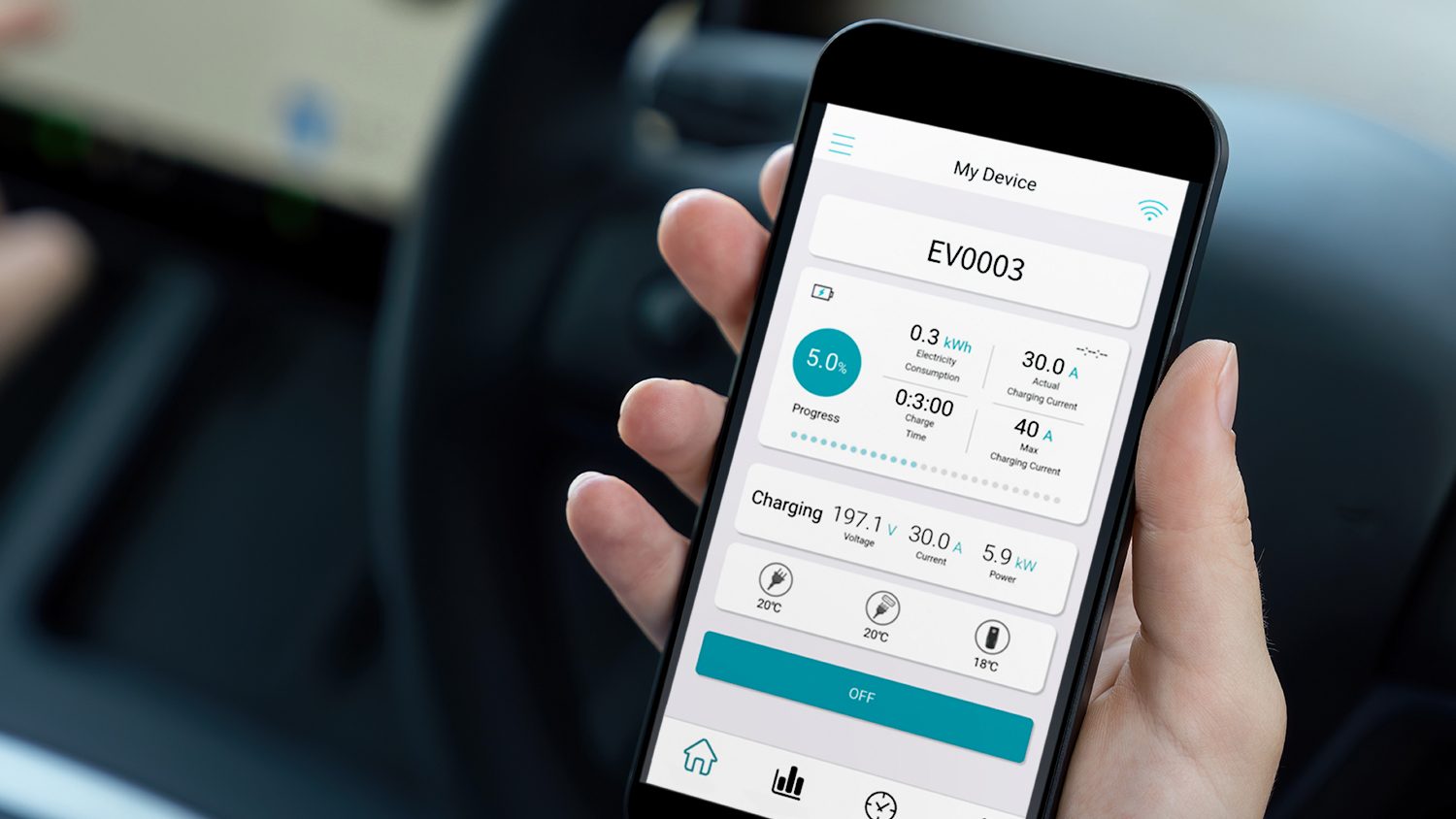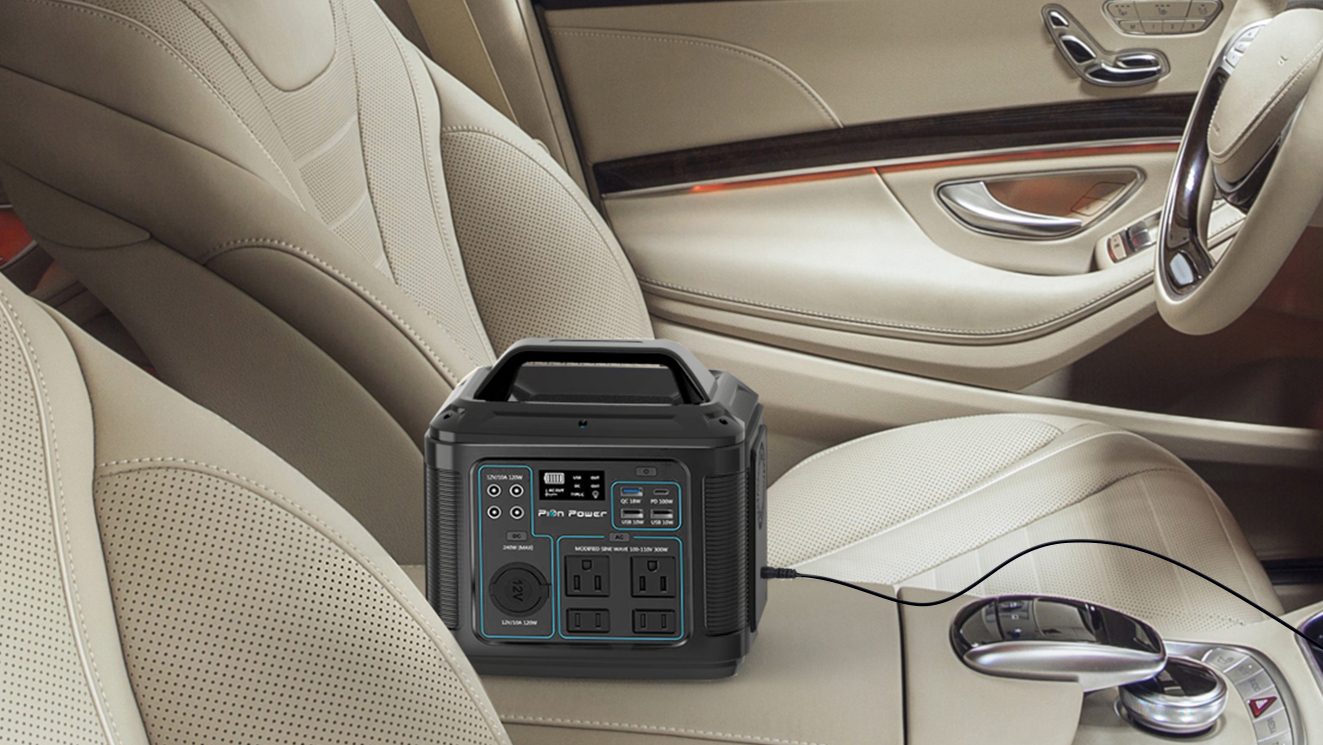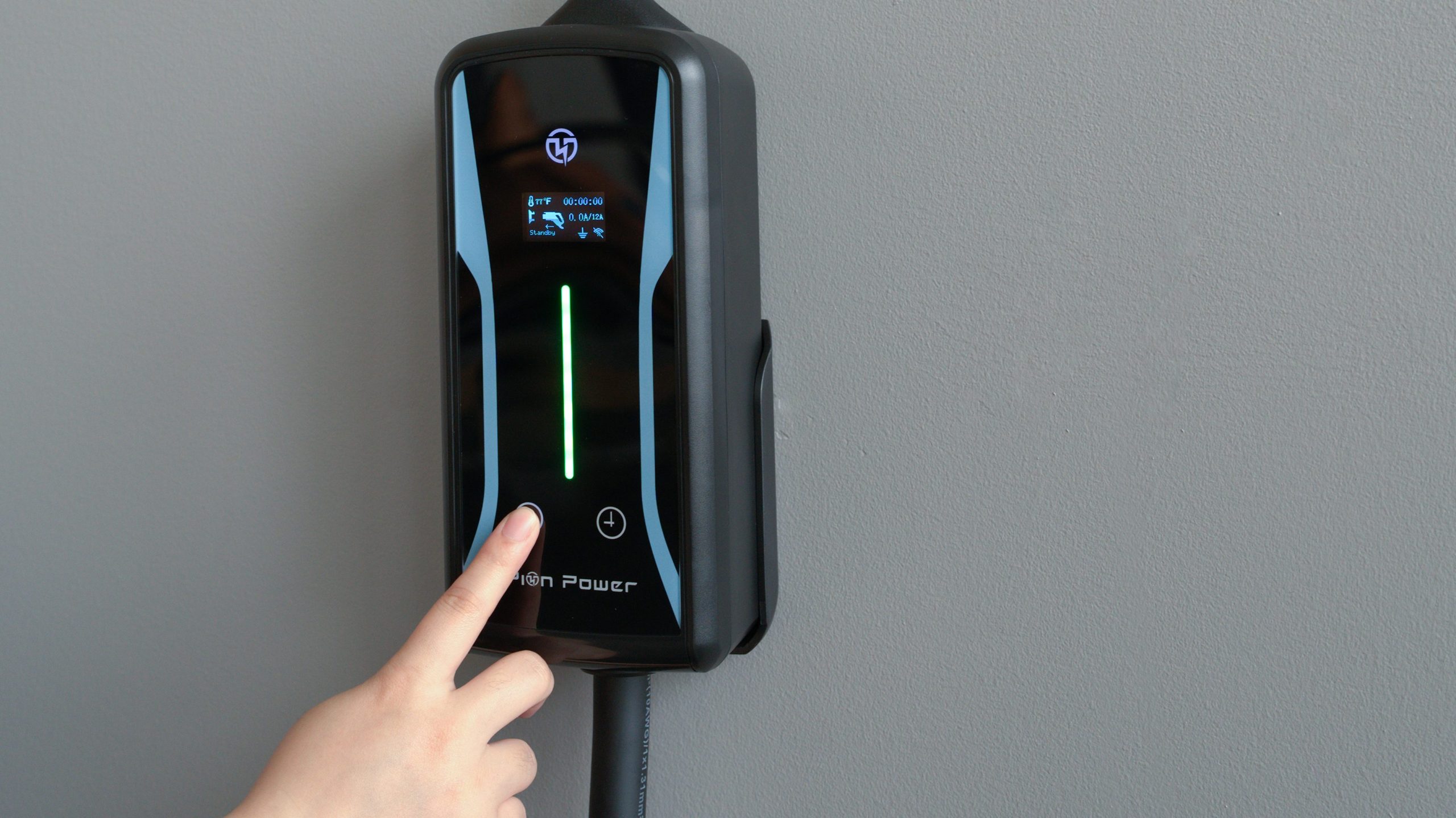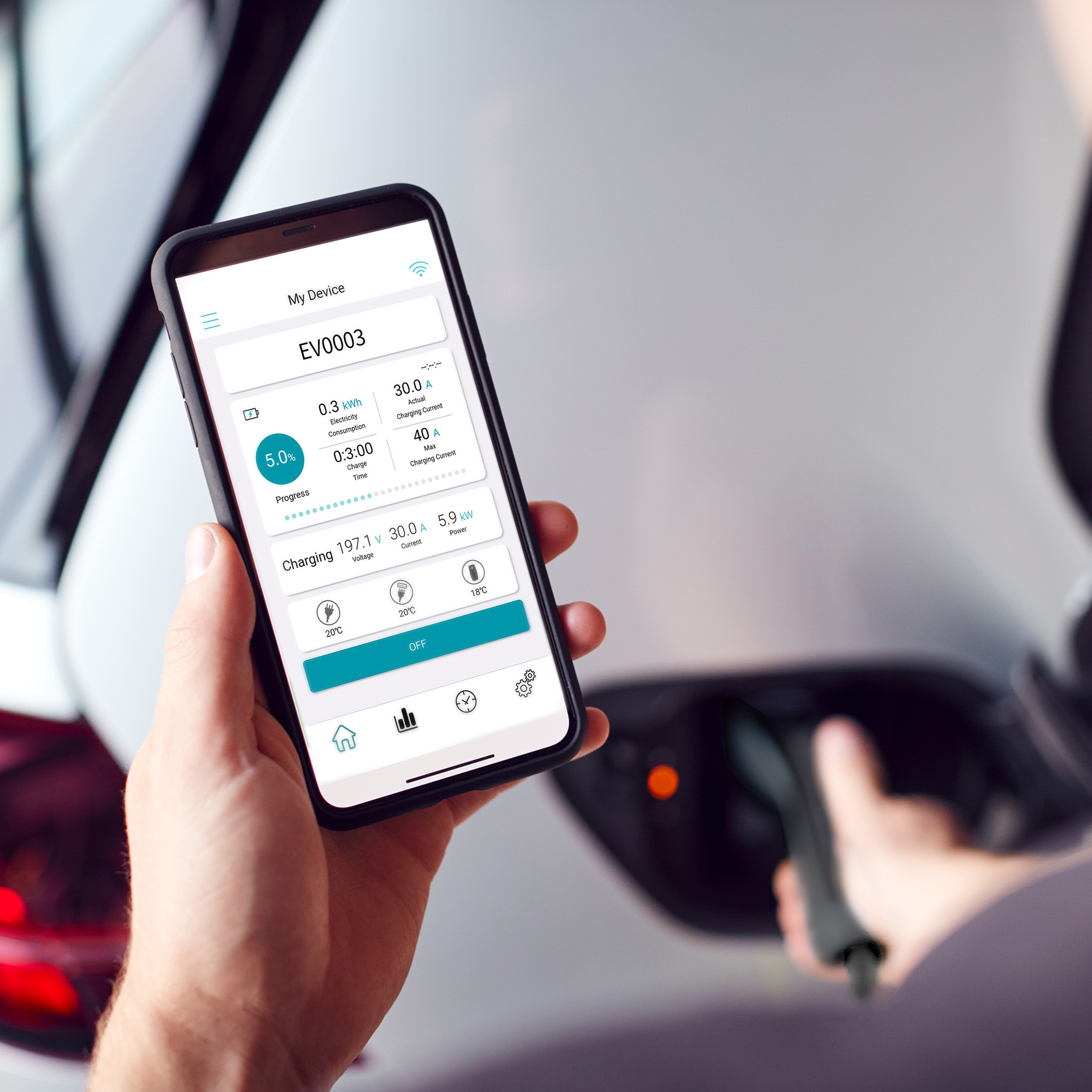According to recent data from the International Energy Agency (IEA), global EV sales increased by over 55% in 2023. And the number of EVs on the road is expected to reach 145 million by 2030. This surge is driven by growing environmental awareness, improvements in battery technology, and government policies that encourage EV adoption.
As more people switch to electric vehicles (EVs), smart charging is key to managing energy use. It can help reduce strain on the grid by charging during off-peak times, which means lower electricity rates and savings for EV owners—better for your wallet and the planet.
What is Smart Charging?
Smart charging is a technology that allows EV owners to manage their charging sessions with greater flexibility and control. Using a smart app, such as the Pion Power Smart App, EV owners can schedule charging times, monitor the status of their vehicles, and adjust power settings—all from their smartphones. Smart charging also extends to Vehicle-to-Grid (V2G) technology, which plays an important role in making energy consumption even more efficient.
How Does Smart Charging Work?
Smart chargers, like the Pion Power Flex-AC EV Charger, connect to your home’s power grid and can be controlled through an intuitive mobile app. This setup allows you to adjust power output, monitor your charging progress, and schedule times to charge when energy rates are lower. For instance, you can set your charger to power your EV during off-peak hours, such as late at night, saving on electricity costs by taking advantage of reduced rates.
With the Pion Power Smart App, you can easily schedule your EV to start charging automatically after midnight when energy prices drop. Not only does this save you money, but it also ensures your vehicle is fully charged by morning. The app allows for remote access, so you can check the charging status from anywhere. Plus, multiple users can access the charger, making it convenient for families or households with more than one EV.

How Does Vehicle-to-Grid (V2G) Work?
Vehicle-to-Grid (V2G) lets your EV send electricity back to the grid or power your home during outages. Your EV stores extra energy and returns it to the grid during peak times, helping balance demand and potentially earning you money if energy providers pay for it.
With V2G technology, your EV could supply enough electricity to run appliances like refrigerators or lights during the unexpected power outage.

Pros and Cons of Smart Charging and V2G
Smart Charging
Pros:
- Cost Savings: Schedule charging during off-peak hours to reduce electricity costs.
- Remote Control: Manage and monitor charging sessions through a mobile app, eliminating the need to physically check your EV’s status.
- Multi-User Access: Share access with family members or friends, allowing multiple users to charge their EVs with the same smart charger.
- Flexible Charging Levels: Adjust the current to match different EVs, ensuring compatibility with both Level 1 and Level 2 charging needs.
Cons:
- Internet Dependency: Smart charging requires a stable Wi-Fi or Hotspot for remote access and scheduling features. However, the Pion Power AC LE 40A provides flexibility with its integrated OLED screen and control buttons. Even without an internet connection, users can manage charging sessions, monitor real-time data, and schedule charging times directly through the device’s screen. Thanks to its built-in chip, the charger saves your last settings, allowing for a seamless and hassle-free experience every time you plug in your vehicle.

Vehicle-to-Grid (V2G)
Pros:
- Energy Independence: V2G technology allows your EV to act as a backup power source during outages.
- Environmental Benefits: By returning energy to the grid, V2G helps balance the grid’s load and promotes renewable energy use.
- Monetary Incentives: In areas with V2G support, EV owners may receive compensation for supplying energy during peak demand periods.
Cons:
- Limited Availability: V2G technology is still in the early stages and is not yet widely available in most markets.
- Battery Degradation: Frequent energy transfers between the grid and your EV can cause wear on the battery over time.
- Infrastructure Needs: V2G requires specialized chargers and grid connections that are not yet fully implemented in many regions.
Smart charging and V2G technology represent the future of EV energy management, offering greater control, flexibility, and sustainability. Pion Power currently focuses on providing smart charging solutions through the Flex-AC EV Charger and mobile app. The potential for V2G is an exciting development that could revolutionize how we think about electric vehicles as part of the energy grid. By choosing smart charging, you gain convenience, cost savings, and the ability to adapt to future energy innovations.

